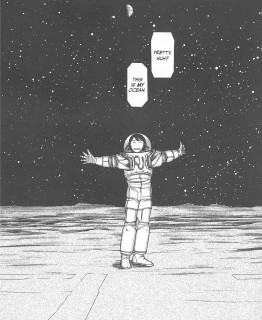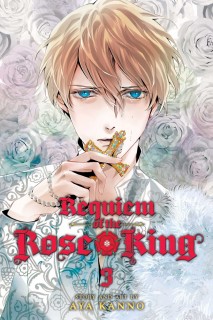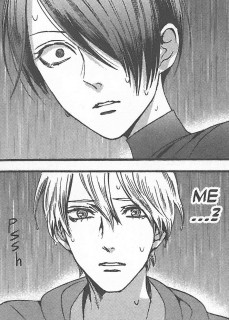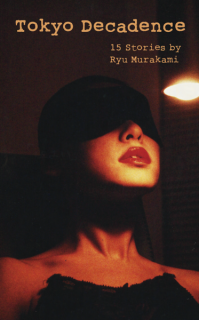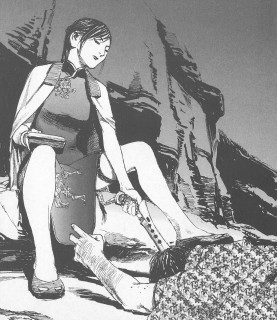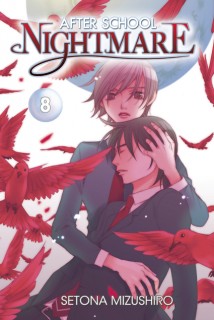 Creator: Setona Mizushiro
Creator: Setona Mizushiro
U.S. publisher: Go! Comi
ISBN: 9781933617633
Released: August 2008
Original release: 2007
I first started reading Setona Mizushiro’s manga series After School Nightmare several years ago. I was specifically drawn to it due to the series’ exploration of gender and identity, but it was also those themes that caused me to hesitate to finish reading the work. After School Nightmare is fairly dark and heavy, in many ways hitting very close to home for me, and so I’ve only recently been able to bring myself to read beyond the first few volumes. After School Nightmare, Volume 8 was originally published in Japan in 2007. The English-language edition of the volume was released by Go! Comi in 2008. It, like the rest of the manga, is now out-of-print, but I had previously collected the series in its entirety based upon my impression of the early volumes alone. My initial feelings have so far carried through to the later volumes as well—I continue to find After School Nightmare to be oddly compelling, chilling, and disconcerting.
Mashiro has been living as a man for his entire life, but his gender identity has been something that he has always struggled with. Born with a body that was neither entirely male nor female, he’s constantly fighting the feelings of his own inadequacy and lingering self-doubt. Mashiro along with several other students have been participating in a special after school class which, through shared dreams, forces them to confront their most personal troubles and fears. Slowly things are changing. Mashiro has been able to begin to accept himself, realizing that the feminine side that he’s been trying to suppress is closer to his true self than the masculine persona he’s created. Along with his personal identity, Mashiro has also admitted to his romantic interest in Sou—another student dealing with a difficult past, traumatic secrets, and conflicted feelings—which only serves to complicate matters even further for the both of them.
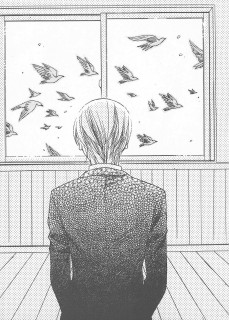 The events, revelations, and realizations that occur in After School Nightmare, Volume 8 are momentous, not only for Mashiro but for many of the other characters as well. Intense feelings and emotions that have been churning under the surface, largely hidden from the view of others, finally erupt as Mashiro and several others reach their breaking points in a dramatic and chilling fashion. After struggling for so long trying to live up to the expectations set for themselves either personally, by their families, or by society at large, they can no longer contain their apprehension, anger, and distress. The masks that they publicly wear are beginning to disintegrate, for better and for worse. The eighth volume is a turning point in the development of many of the characters as they claim or reclaim their identities along with all of the good and bad that comes with recognizing and admitting to themselves and to others who they really are as people.
The events, revelations, and realizations that occur in After School Nightmare, Volume 8 are momentous, not only for Mashiro but for many of the other characters as well. Intense feelings and emotions that have been churning under the surface, largely hidden from the view of others, finally erupt as Mashiro and several others reach their breaking points in a dramatic and chilling fashion. After struggling for so long trying to live up to the expectations set for themselves either personally, by their families, or by society at large, they can no longer contain their apprehension, anger, and distress. The masks that they publicly wear are beginning to disintegrate, for better and for worse. The eighth volume is a turning point in the development of many of the characters as they claim or reclaim their identities along with all of the good and bad that comes with recognizing and admitting to themselves and to others who they really are as people.
The psychological drama of After School Nightmare is tremendous and the subject matter that Mizushiro explores can be hard-hitting as the characters deal with a wide range of traumas. As slow as some of their personal growth has been, and as unlikeable as some of the characters can be at times, I am glad to see them coming to terms with themselves, what they’ve been through, and what they continue to experience. Mizushiro effectively conveys the turmoil of young adulthood and through the characters’ nightmares brings it to the forefront to the series. The nightmares are heavily symbolic, the emotional and metal states of the characters directly impacting and influencing the dreamscapes. The consequences of their behaviours both within the dreams and outside of them can be devastating. While the eighth volume of After School Nightmare grants some relief from the mounting tension, it also reveals just how long-lasting and damaging the effects of one person’s actions on another can be.


